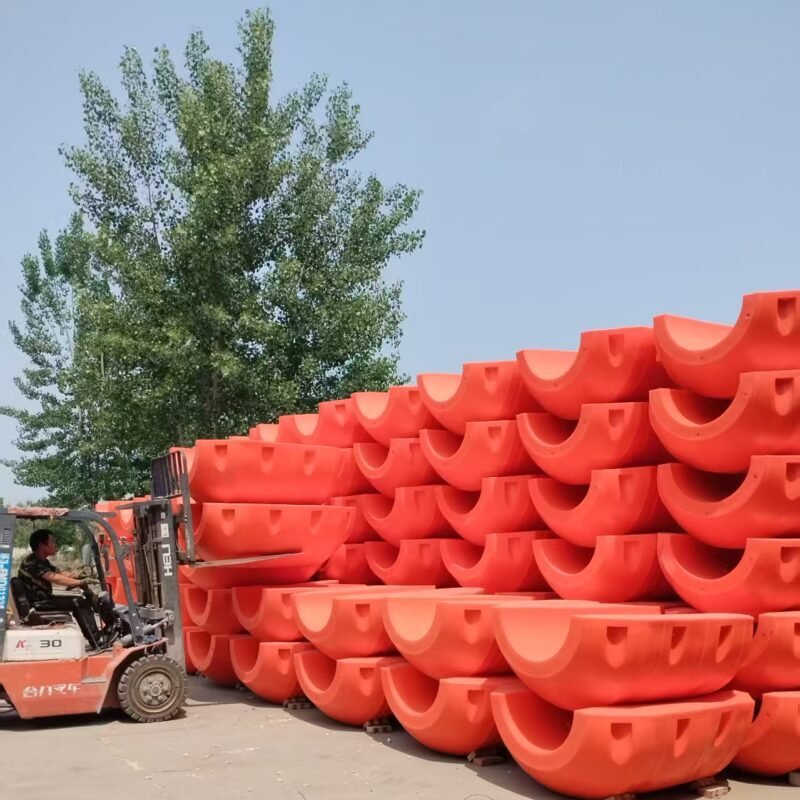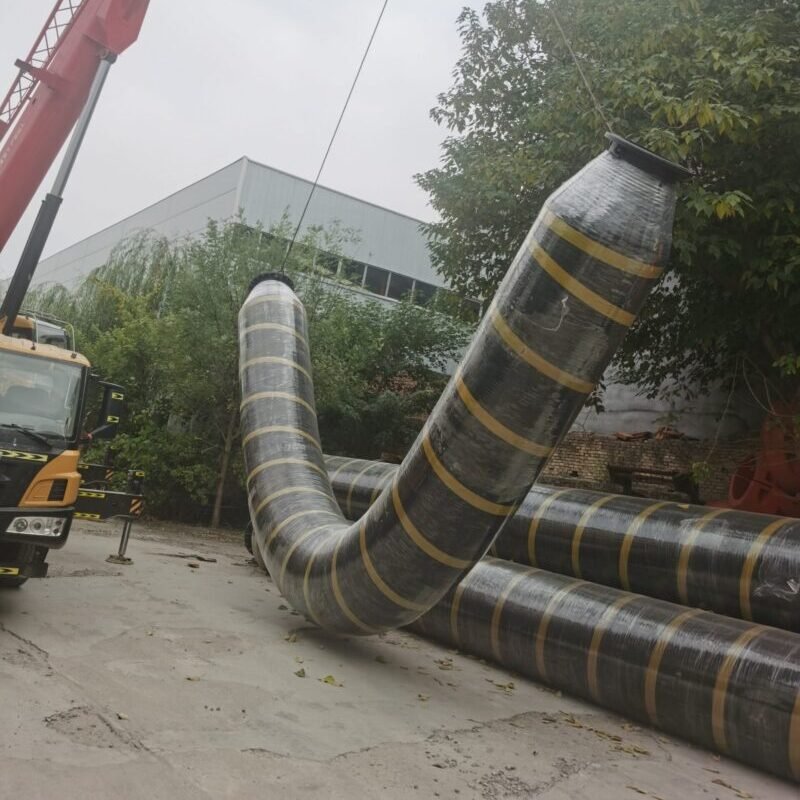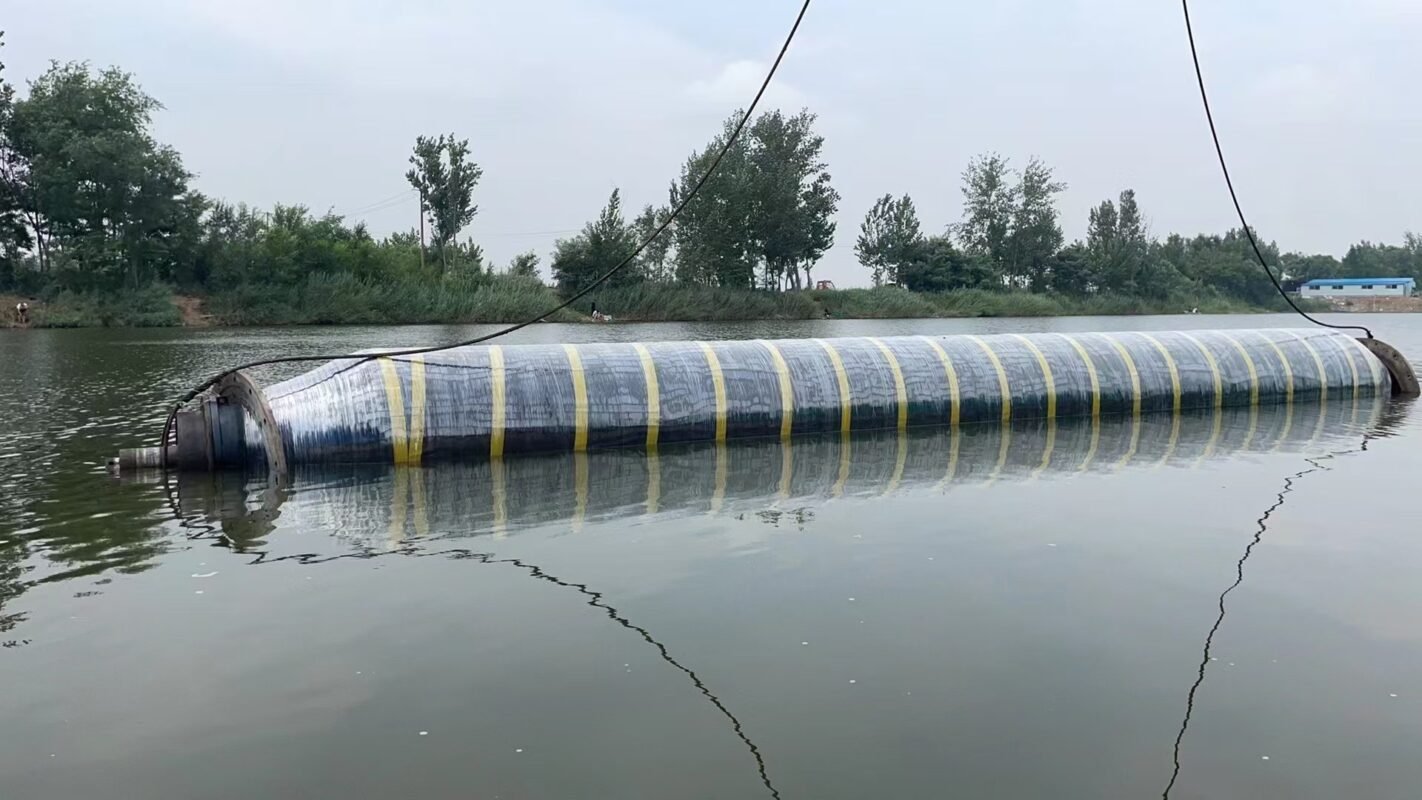Comparison between fixed flange rubber pipe and Swivel flange rubber
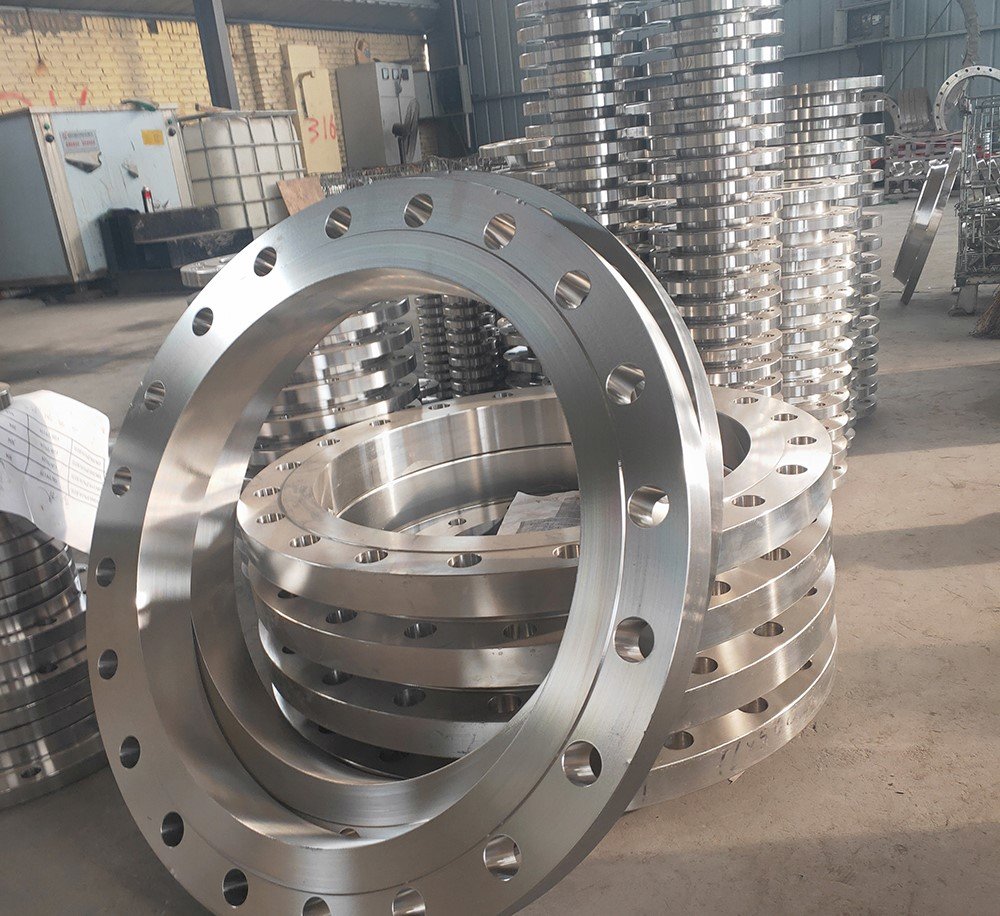
Hose
There are significant differences in structure, installation method and use scenarios between swivel flange rubber pipes and fixed flange rubber pipes.
Structure:The flange of the swivel flange rubber pipe is separated from the rubber pipe, and the flange can move freely. The fixing flange rubber pipe adopts an integrated molding process, and the flange is directly fixed to both ends of the rubber pipe and cannot be disassembled.
Installation:The installation process of the movable flange rubber pipe is relatively complicated, but it is more flexible and is easy to disassemble and replace. Fixed flange rubber pipe is easy to install, you only need to fix the flange directly to the equipment or pipe by bolts, but its flexibility is not good.
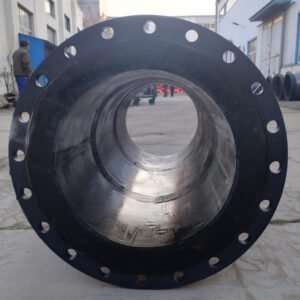
Application:Living flange rubber pipes are suitable for occasions where frequent disassembly or replacement are required, such as equipment repairs, temporary installations, and work scenarios that require flexible adjustments. Fixed flange rubber pipes are suitable for fixed connections and do not require frequent disassembly, such as industrial pipeline systems, water supply systems, etc.
Maintenance:Living flange rubber pipe is relatively convenient for maintenance and can be replaced separately with the rubber pipe or flange without the need for an overall replacement. Fixed flange rubber pipe is inconvenient to maintain, and once problems arise, they often need to be replaced as a whole.
Cost:The swivel flange rubber pipe has a high cost due to its complex structure and requires additional accessories. Due to its simple structure, the installation and manufacturing cost of fixing flange rubber pipe is low.
Sealing:The sealing properties of the live flange rubber pipe depend on the installation quality. If installed improperly, it is easy to cause leakage problems. Fixed flange rubber pipes are formed integrally with the rubber pipe, and have good sealing properties and are not prone to leakage at the connections.

